 |
|
||||||
|
 |
|||||||||
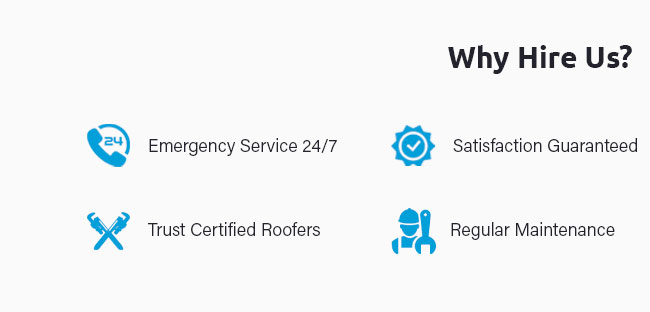 |
 |
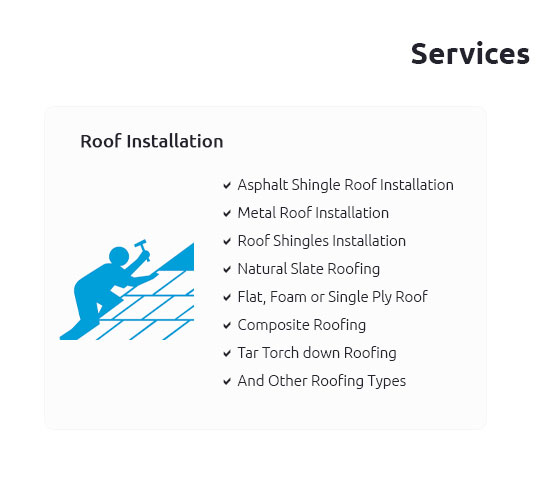 |
 |
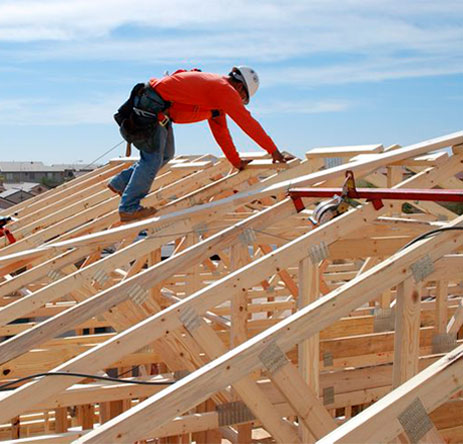 |
 |
 |
 |
 |
|
|
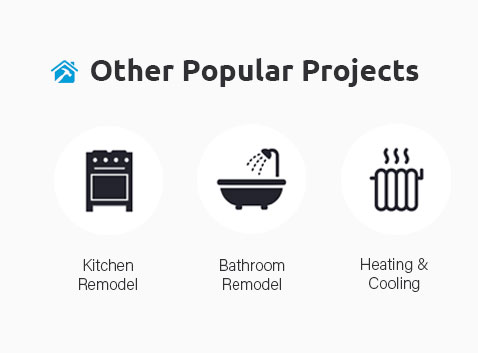 |
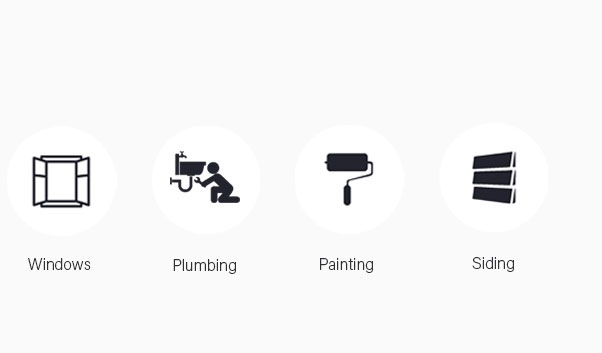 |
 |
 |
|
opn6n1390b Replacing Roof Shingles in Cold Weather: Challenges and SolutionsReplacing roof shingles during cold weather poses unique challenges that require careful planning and execution. Understanding these challenges and knowing how to address them can make the process smoother and more efficient. Understanding the Challenges of Cold WeatherTemperature Effects on ShinglesCold temperatures can make shingles brittle and more prone to breaking. This is especially true for asphalt shingles, which are common in many areas. Safety ConcernsIce and snow can create hazardous working conditions. Ensuring proper safety measures are in place is crucial when replacing shingles in winter. Preparing for a Cold Weather Shingle ReplacementTools and Equipment
Timing and SchedulingPlan the replacement on a day when the temperature is above freezing to ensure materials are pliable and adhesives work effectively. Step-by-Step Guide to Replacing Shingles
If you are not confident in carrying out these tasks, consider contacting professionals for roof repair milwaukee for expert assistance. Common Mistakes to AvoidIgnoring Weather ConditionsAttempting repairs in extreme cold can lead to shingle damage and improper sealing. Improper SealingEnsure all edges are properly sealed to prevent leaks and wind damage. FAQs About Replacing Roof Shingles in Cold WeatherCan shingles be replaced in freezing temperatures?Yes, but it requires careful handling and additional precautions such as using heat to make shingles more pliable. What are the risks of replacing shingles in winter?The main risks include brittle shingles that may break and safety hazards from ice and snow. Is professional help recommended for cold weather roofing?Yes, especially if the conditions are too challenging. Professional services such as roof repair austin tx offer expert handling and ensure quality results. https://www.reddit.com/r/HomeImprovement/comments/f9fotz/roofer_wants_to_install_roof_in_very_cold_weather/
Bet it says minimum 45F for installation. Also they like to crack in colder temps. Sounds like your roofer didn't save enough for his winter ... https://www.iko.com/blog/cold-weather-roofing/
Experts say the best time to construct a roof is when weather is warm, calm, and dry. That is, in warm temperatures, with little wind and clear skies. https://kapellaroofing.com/2020/12/11/winter-roofing-pros-cons-installing-asphalt-shingles-in-cold-weather/
The shingles themselves become susceptible to cracks and breaks, the likelihood for cold curling increases, and you run the risk of poor sealant activation.
|







